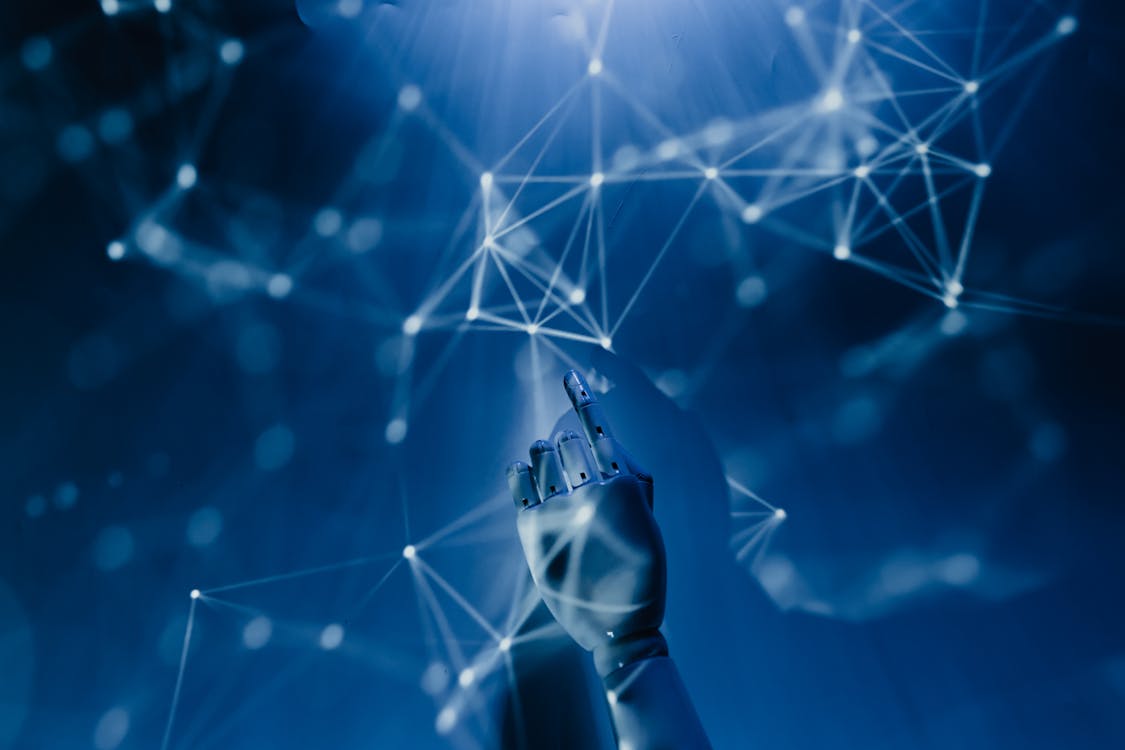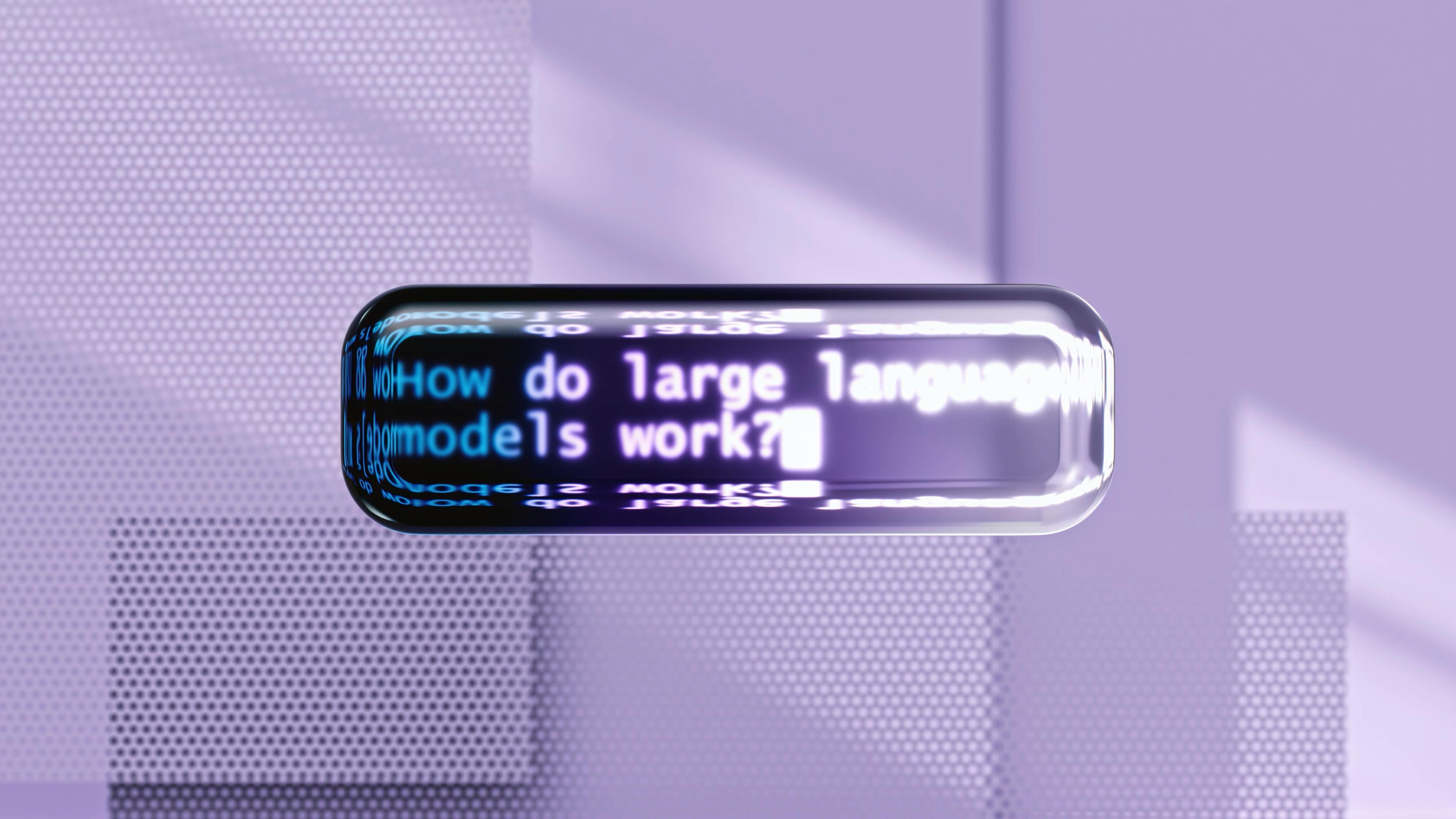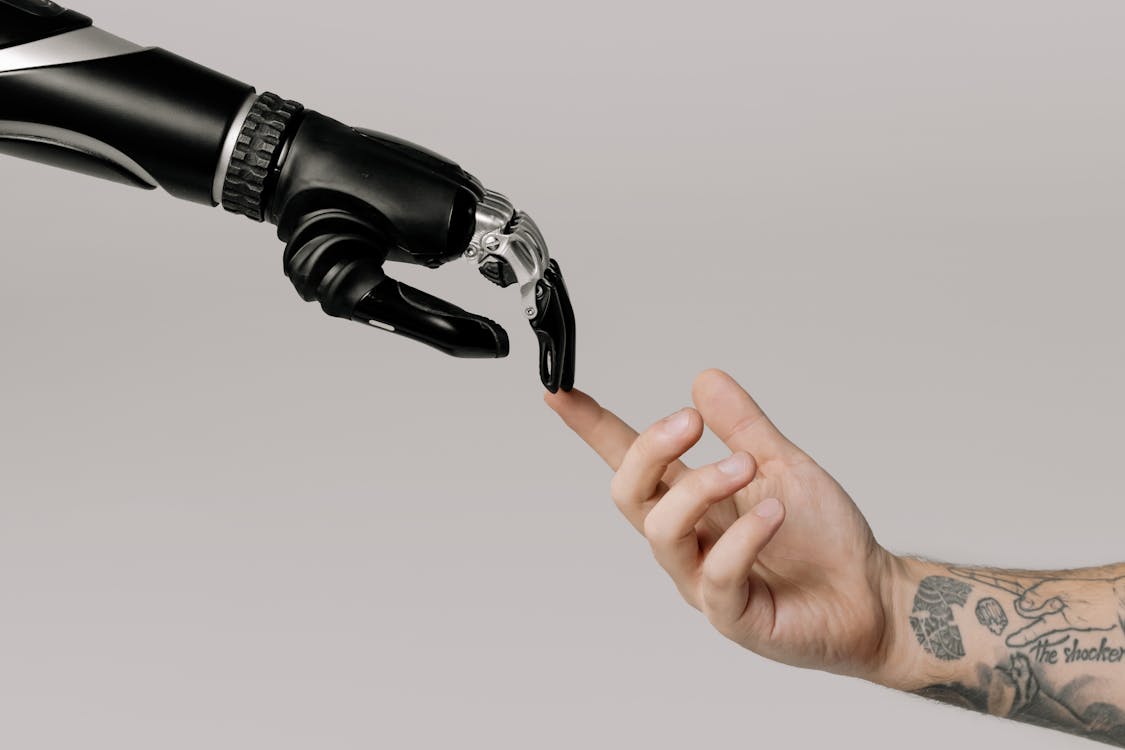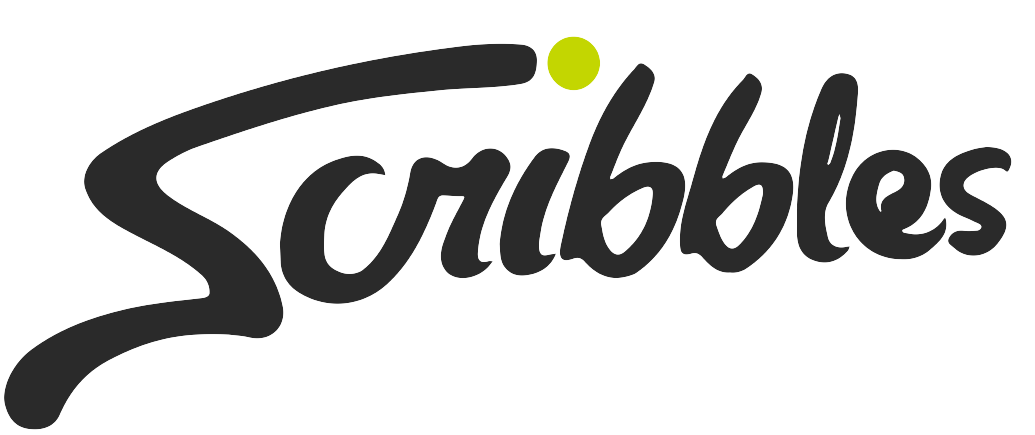The rise of Artificial Intelligence (AI) is one of the most transformative technological advancements of the 21st century, impacting various facets of society, economy, and everyday life. But, of course, only some people are accustomed to and accept the use of AI. Let’s quickly look at the pros and cons of AI use.

Pros of AI
Efficiency and Automation:
- Increased Productivity: AI can handle repetitive tasks quickly.
- 24/7 Operation: Unlike humans, AI systems can operate continuously without breaks.
Enhanced Decision-Making:

- Data Analysis: AI excels at processing and analyzing large datasets, providing valuable insights to improve decision-making across various fields.
- Predictive Analytics: AI models can predict trends and outcomes, helping businesses and organizations make proactive decisions.
Personalization and User Experience:

- Tailored Recommendations: AI algorithms can analyze user behavior to provide personalized recommendations.
- Customer Service: AI-driven chatbots and virtual assistants provide instant, round-the-clock support
Innovation and New Capabilities:
- Healthcare: AI applications in diagnostics, personalized medicine, and robotic surgery are transforming healthcare.
- Autonomous Systems: AI powers self-driving cars, drones, and robots, offering new possibilities.

Cost Savings:
- Operational Costs: Automating routine tasks with AI can reduce labor costs and minimize errors, leading to significant business savings.
- Resource Management: AI can optimize resource allocation and supply chain management, further cutting costs and increasing efficiency.
Cons of AI
Job Displacement and Economic Impact:
- Unemployment: Automation of tasks by AI can lead to job losses.
- Skills Gap: The demand for AI-related skills is high, but the workforce may need more preparation.
Bias and Fairness:
- Algorithmic Bias: AI systems can inherit and amplify biases in the training data, leading to unfair and discriminatory outcomes.
Privacy and Security:

- Data Privacy: AI systems often require large amounts of personal data.
- Cybersecurity Risks: AI can enhance cybersecurity and conduct sophisticated cyberattacks.
Economic and Social Inequality:
- Access Disparities: The benefits of AI may be unevenly distributed, with wealthier individuals and organizations more likely to access and benefit from AI technologies.
- Global Inequities: Developed countries may gain more from AI advancements, potentially widening the gap between developed and developing nations
Most Commonly Used AI Tools

As of 2023, here are the top 5 most visited Artificial Intelligence websites:
- ChatGPT
- Character.AI
- Quillbot
- Midjourney
- HuggingFace
Is AI a good thing or a bad thing?
AI is neither inherently good nor bad; its impact depends on how it is developed, deployed, and regulated. The key lies in leveraging AI’s benefits while addressing risks and ensuring its advantages are distributed equitably.
In conclusion, AI has the potential to be a powerful tool for good, but it requires careful management and a balanced approach to ensure that its benefits outweigh its drawbacks. Society must work collaboratively to navigate the complexities of AI, striving to harness its potential for the greater good while mitigating its risks.





